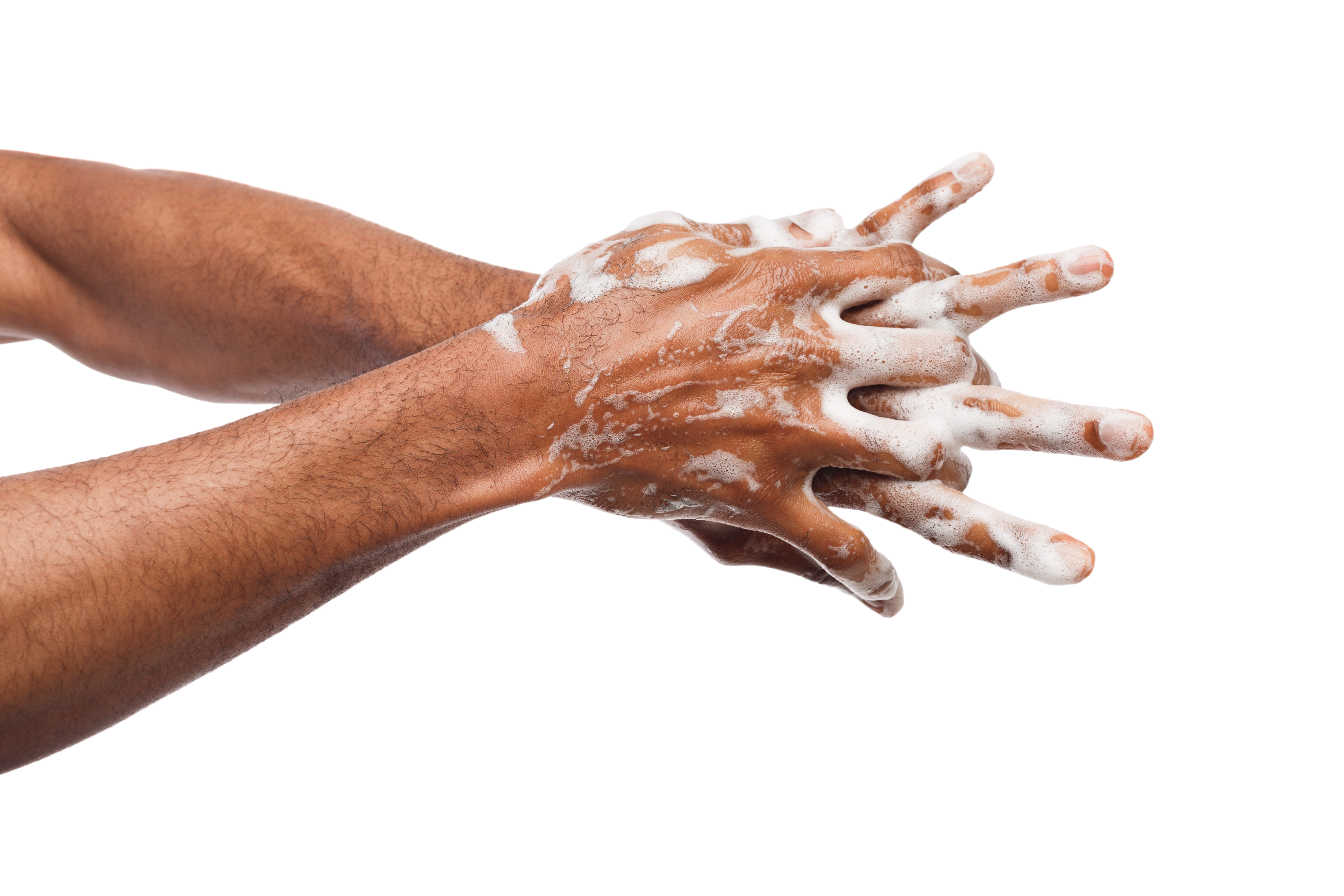Frequent hand washing is one of the best ways to avoid getting sick and spreading illness.
“6 Ways to Optimise Cleaning for Wellbeing and Productivity” looks at the role cleaning plays in wellbeing and productivity in the workplace.

40% less respiratory illness and 48% less gastrointestinal illness after providing alcohol-based sanitisers to an army training facility
COVID-19 has reinforced that our hands are also a critical route for spreading microorganisms (germs) and the importance of handwashing.
Cleaning companies can play an important role in preventing the cross-transmission of germs between people, by supplying hand hygiene resources to enable occupants to wash and sanitise their hands effectively.
However, hand hygiene also plays a crucial role in preventing cross-contamination of germs between areas and surfaces, via the cleaner’s clothes, bottles, and gloves.
HEALTHY HANDS
6 ways to optimize cleaning for wellbeing and productivity looks at the role cleaning plays in wellbeing and productivity in the workplace. Following on from our articles Two Strategies for Healthy Surfaces and Two Strategies for Healthy Air, this article focuses on Healthy Hands, and the two hand hygiene strategies for creating cleaner spaces and safer places for your employees, visitors, and cleaners
Strategy #1 – Hand Hygiene Resources
People can infect themselves by touching their eyes, mouth, or nose with their contaminated hands. In a 2015 study, students at Uni NSW were observed touching their faces an average of 23 times per hour. 44% of those touches were in contact with mucous membranes, meaning the potential for infection occurred 12 times an hour. Regular hand washing and sanitising cut this cycle of infection – not only for the individual but also by preventing the spread to other people or surfaces they contact.
The Department of Health recommends washing hands often with soap and water and using alcohol-based hand sanitisers when soap and water can’t be used.
Hand sanitiser products need to be effective against the specific type of germs known to be present. For example, alcohol can kill viruses that cause colds, flu, and COVID-19 if the dose is sufficient. Before hand sanitiser is legally able to claim it can kill specific organisms, it must be evaluated by the TGA, included in the ARTG, and manufactured by a TGA-licensed manufacturer in Australia.
Ask your cleaning company to supply your building with hand hygiene resources and systems that support good hygiene practices such as:
- Alcohol-based hand sanitizer
- Hands-free dispensers
- Hands-free soap dispensers
- Personal mini sanitizer bottle or wipes for desks
- Paper hand-towel
- Education – posters showing hand to wash hands correctly, etc
Verify that the hand sanitisers and anti-bacterial hand hygiene products being provided are effective against germs by being ARTG listed and that the label states it contains 80% ethanol or 75% isopropanol if combatting COVID-19 or flu.
Strategy #2 – Cross-contamination prevention
Hand hygiene is key to breaking the chain of infection and preventing cross-contamination while cleaning. Cleaning personnel should be trained to treat their gloves as extensions of their own hands, by frequently washing or applying hand sanitiser, coupled with wiping down cleaning bottles and equipment handles.
While some of the strategies described below may require an investment in infrastructure and time, such outlays should be off-set by the health and financial benefits of reducing absenteeism and improving productivity via cleaner and safer spaces.
- Risk assessments
- Hand-hygiene training
- Hand hygiene resources
- Colour coding – equipment such as cloths, mops for different areas
- Cloth quotas
- Single-use – disinfectant wipes and sprays
- Laundering – of reusable cloths and mops within 12 hours of use
- Sanitising cleaning bottles
- Sanitising equipment handles
You can verify how well your facility cleaning services are removing dust and mould by checking the cleaning equipment and measuring the outcome through actions such as quality audits.
You can read the full whitepaper here.
